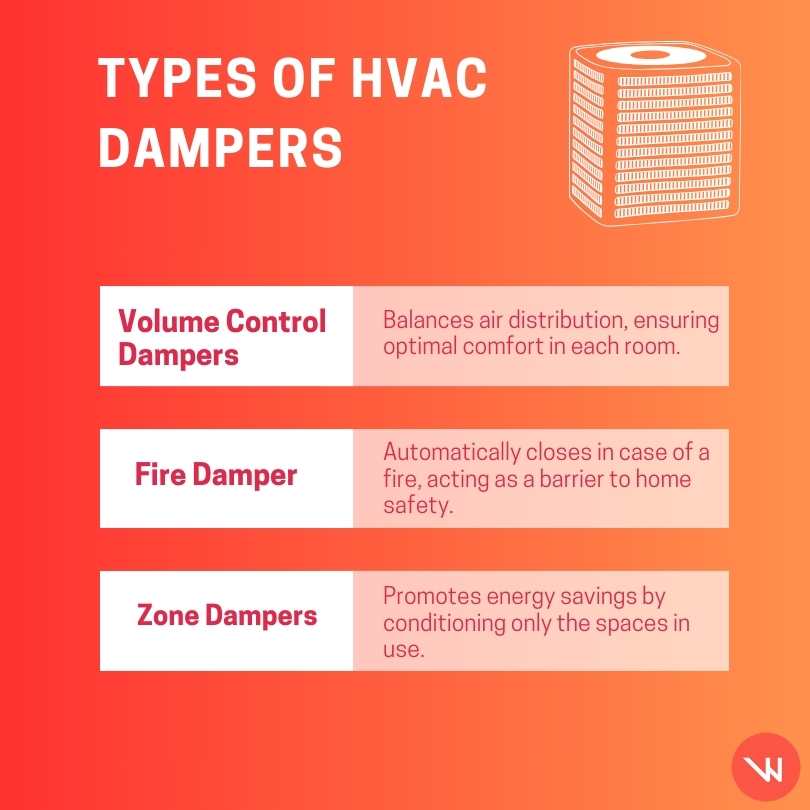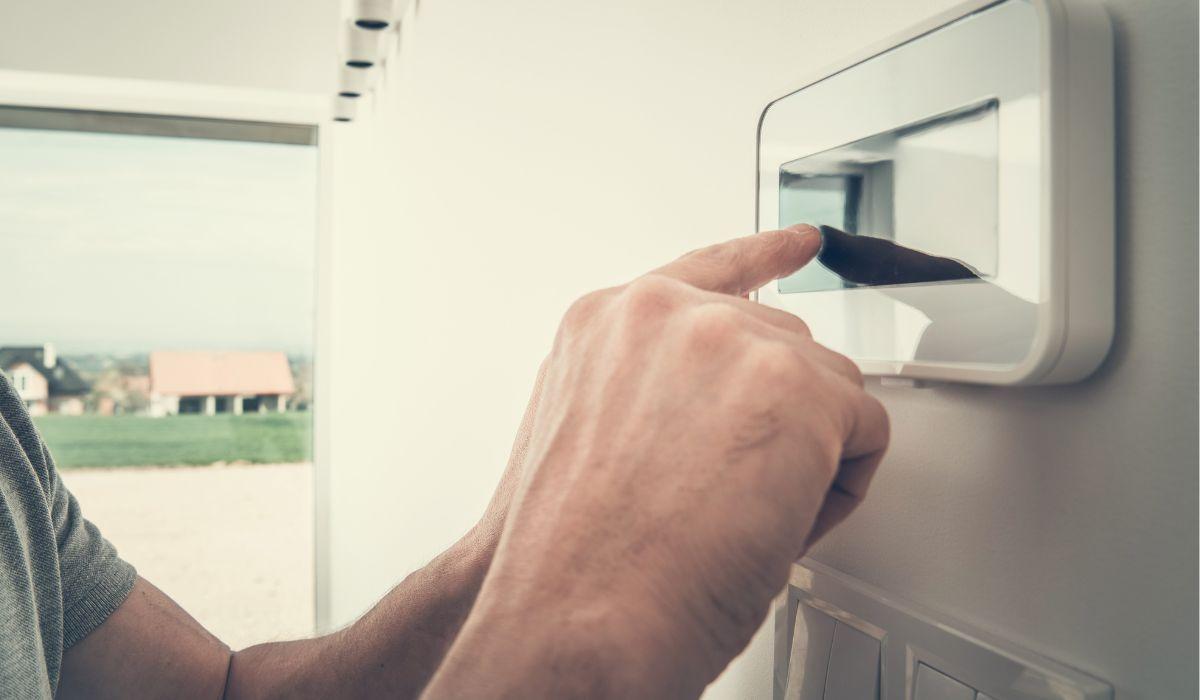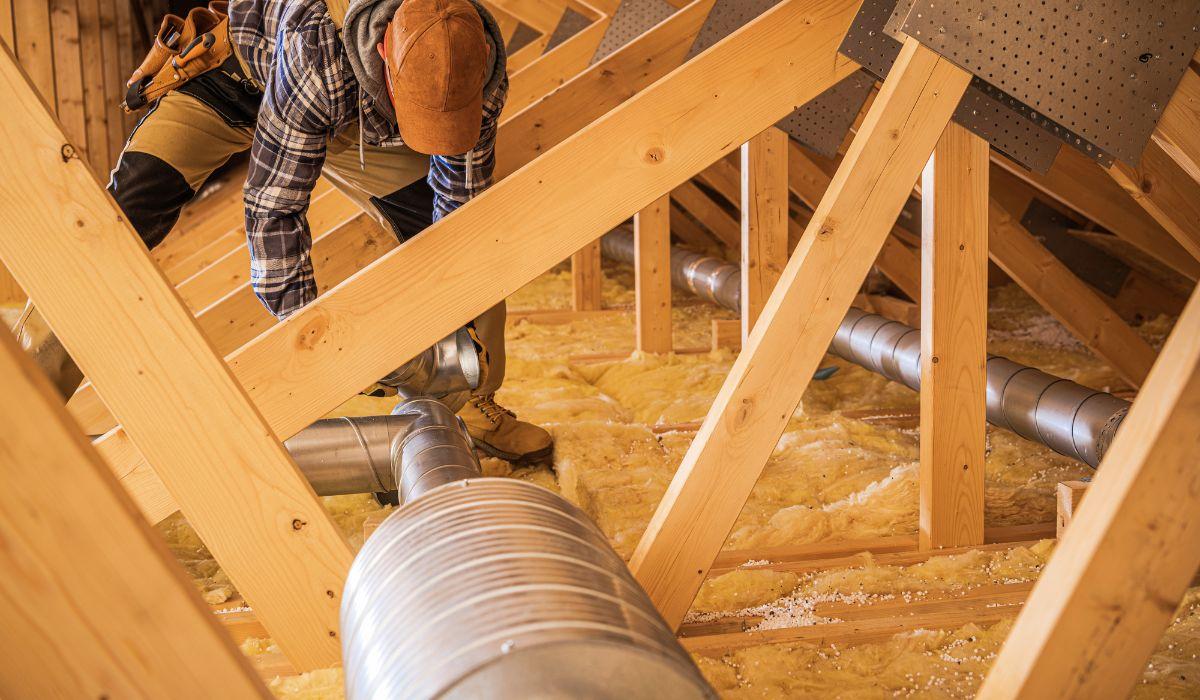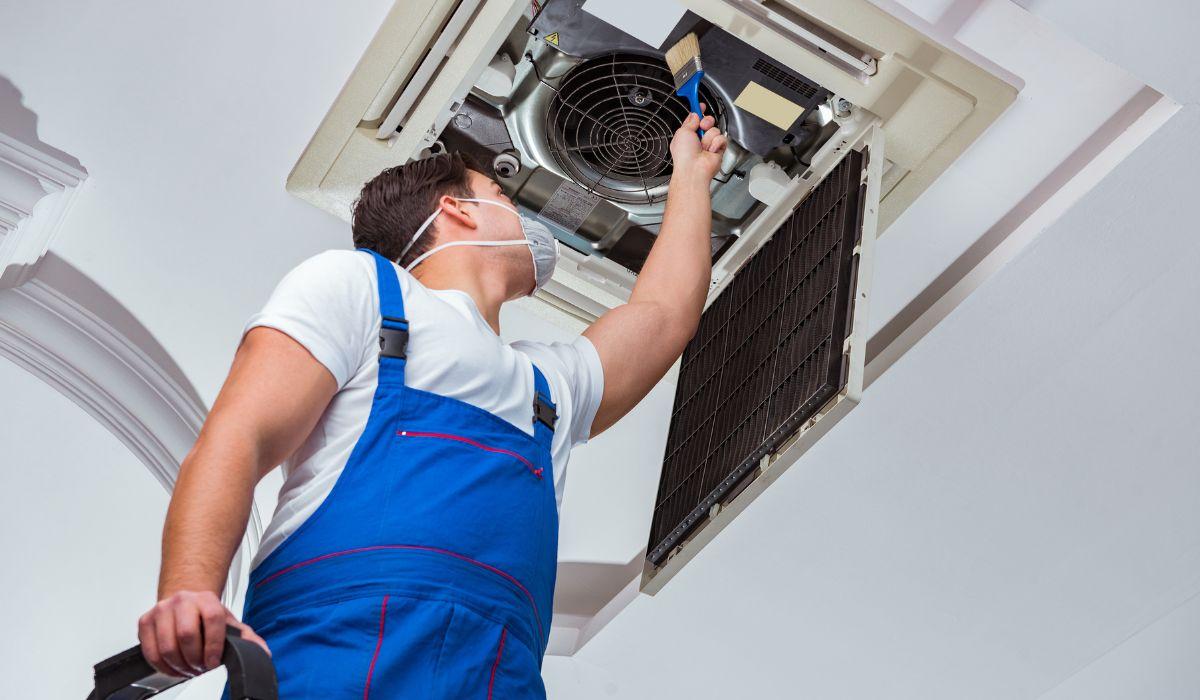Discover the essential role HVAC dampers play in your home's comfort and energy efficiency.
These devices, regulating airflow in your heating, ventilation, and air conditioning (HVAC) system, ensure your desired temperature while saving energy.
In this article, we'll explore Airflow Control Technology, the different types of HVAC dampers, and how they contribute to optimizing your system.
Dampers in ducts are unsung heroes in home climate control, quietly working behind the scenes to regulate airflow.
HVAC dampers, also known as AC dampers, are essential components in your home's heating, ventilation, and air conditioning (HVAC) system. Imagine them as traffic controllers for the air in your house.
These dampers, strategically placed within the ductwork, have a simple yet crucial job: to control or block the flow of air.
Structurally, they consist of movable plates or valves that can be adjusted to either allow or restrict the passage of air. This mechanism serves a key purpose—directing air to specific areas for optimal temperature control.
Decoding the functionality of HVAC dampers involves understanding how they regulate the airflow within your home.

When your system kicks in, these dampers can adjust to guide the air where it's needed most.
For instance, during colder months, they might direct more warm air to the living areas, ensuring a cozy atmosphere.
Conversely, in the summer, they can channel cool air into bedrooms for a comfortable night's sleep.
In your HVAC system, dampers play a pivotal role in maintaining the desired temperature in different parts of your home.
So, the next time you adjust your thermostat, remember that it's these humble HVAC dampers working diligently behind the scenes to keep you in your comfort zone.
Diving into the world of HVAC damper types unveils a spectrum of specialized mechanisms designed to enhance the efficiency of your heating, ventilation, and air conditioning (HVAC) system.

Understanding these diverse dampers in HVAC system types empowers homeowners to make informed decisions.
The synergy of volume control dampers, fire dampers, and zone dampers collectively contributes to a more efficient and adaptable HVAC system, ensuring a comfortable and secure living environment.

When we talk about climate control, the significance of air conditioner dampers, a/c duct dampers, and furnace dampers within HVAC systems cannot be overstated.
These components play a pivotal role in enhancing energy efficiency by providing precise control over airflow, contributing to a more balanced and cost-effective approach to home climate management.
In essence, enhancing energy efficiency with HVAC dampers is akin to having a personalized thermostat for every room.
These dampers empower homeowners to take control of their indoor environment, promoting a sustainable and comfortable living space.
Whether adjusting air conditioner dampers or dampers on the furnace, the collective impact is a harmonious blend of energy efficiency and customized climate control.

Now let us look at the details of the installation and maintenance of air conditioning dampers; they were crucial to how dampers work and the various types that exist. That is why we covered these components earlier.
Now, let's explore the essential aspects of installation and maintenance, uncovering the critical practices that ensure the longevity and effectiveness of air conditioning dampers within your HVAC system.
Starting the installation of HVAC dampers involves a strategic process that goes beyond mere placement. This guide to installing HVAC dampers unveils the critical considerations for seamless integration into your AC damper system.
Precise placement of HVAC dampers is paramount for their effective function.
Integration is a critical factor in the success of any AC damper control system. During the installation process, professionals focus on synchronizing dampers with both the thermostat and air handler.
This ensures a balanced interplay between dampers and the broader HVAC system. The integration process guarantees that the AC damper system responds effectively to temperature adjustments, maintaining consistent comfort throughout your home.
Assessment:
Placement:
Integration:
Navigating the installation process involves these precise steps, each contributing to the overall efficiency of your HVAC system.
Enlisting professional expertise ensures accurate placement and the harmonious integration of different damper types, transforming the installation of HVAC dampers into a precise science for optimized and customized climate control.

Regular maintenance is the bedrock of efficient HVAC systems, and when it comes to HVAC dampers, this practice is paramount.
A well-maintained damper not only contributes to the system's overall efficiency but also ensures a comfortable and consistent home climate.
Let's look into the key aspects of damper maintenance to guarantee their optimal functionality.
Visual Checks:
Operational Assessment:
Connection Points:
Dust Removal:
Lubrication:
Strange Noises:
Airflow Irregularities:
Damper Stiffness:
Regular damper maintenance is an investment in the longevity and efficiency of your HVAC system.
These proactive steps not only preserve the functionality of HVAC vent dampers but also contribute to energy efficiency, resulting in tangible cost savings over time.
Incorporating these straightforward yet effective maintenance practices into your routine ensures that your home remains a haven of comfort while optimizing your HVAC system's performance.
Understanding the ins and outs of HVAC dampers is a gateway to achieving optimal climate control and energy efficiency in your home.
These unassuming components, from volume control dampers to zone dampers, play a pivotal role in directing airflow and maintaining precise temperatures.
As we wrap up our guide to HVAC dampers, it becomes evident that these devices are not merely mechanical elements within your heating, ventilation, and air conditioning (HVAC) system – they are important to home temperature control and comfort.